The Rolex coronet, the crown-shaped logo representing the luxury watch brand, has not only been a symbol of quality and luxury but also a fascinating element that has subtly changed over the years. Collectors and enthusiasts of Rolex watches often pay close attention to subtle variations in the coronet as they can indicate the era in which a watch was manufactured and sometimes represent rare or unique variations of a particular model. This article explores the details of how the Rolex coronet has changed across various models over the years, shedding light on its importance in the world of horology.
The Early Years: 1920s to 1950s
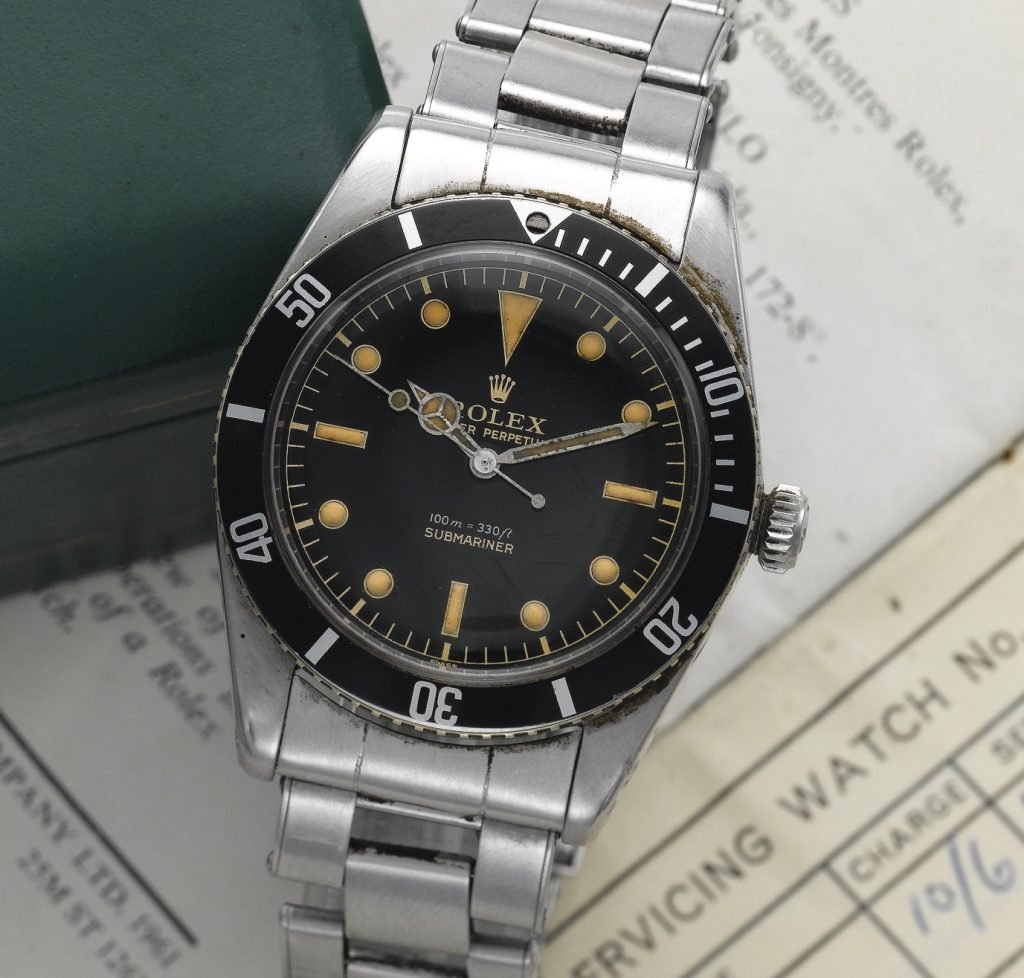
Rolex began incorporating the coronet into its designs in the 1930s, nearly a decade after the brand was renamed from Wilsdorf & Davis eventually trademarked the now-iconic Rolex crown logo back in 1931. The earliest versions of the coronet were simple and unembellished, mirroring the modest beginnings of the company. As Rolex watches began to earn a reputation for their reliability and elegance, the coronet also started to take on a more refined appearance, and its presence steadily increased throughout the watches that Rolex produced during this time.
By the 1950s, the coronet logo was prominently featured on every Rolex dial, symbolizing the brand’s commitment to this new era of their watchmaking. During this period, the size and style of the coronet varied slightly between models, as seen in models like the Rolex Oyster and the Rolex Datejust. These variations were often very subtle, with small changes in the spacing and the thickness of the coronet’s points.
Transition and Refinement: 1960s to 1980s
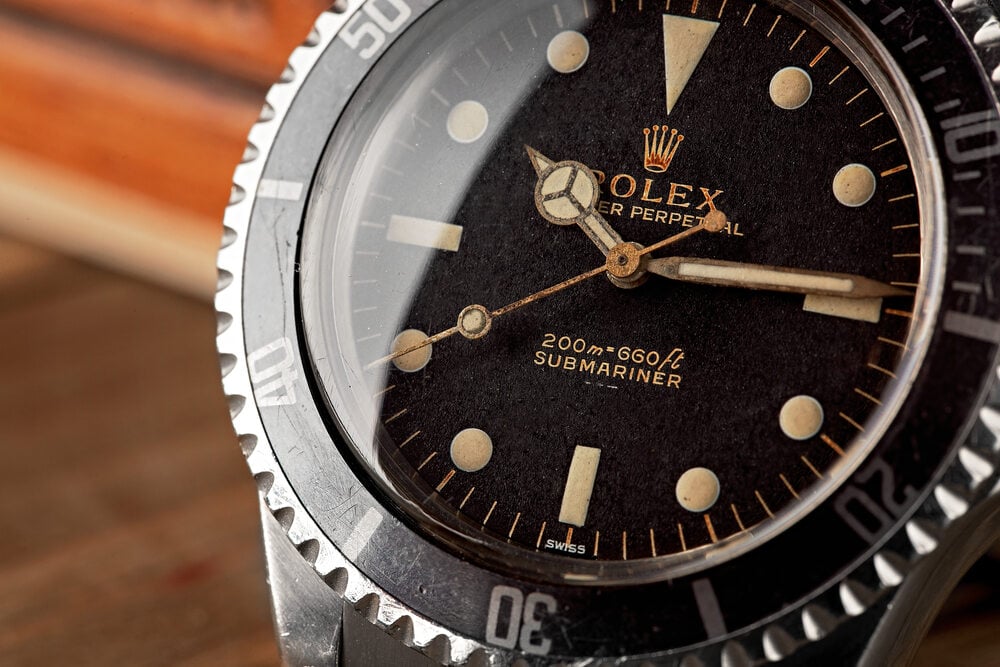
The design of the Rolex coronet changed significantly in the 1960s. With the brand’s advances in manufacturing technology and an increased focus on brand identity, Rolex began to take the first steps towards standardizing the appearance of the coronet across its models. The points of the crown became more defined and symmetrical, and the overall profile of the coronet was subtly reshaped to fit more gracefully into the rest of the watch’s face.
Throughout the 1970s and 1980s, Rolex introduced several important models, including updated generations of the famous Rolex Daytona and Rolex Submariner. These models featured coronets that were far more standardized in their appearance compared to what can be observed among previous generations. However, there were minor adjustments made in how they integrated with the overall design of each watch, such as their placement relative to the model’s name and other lines of text on the dial.
Modern Variations: 1990s to Present
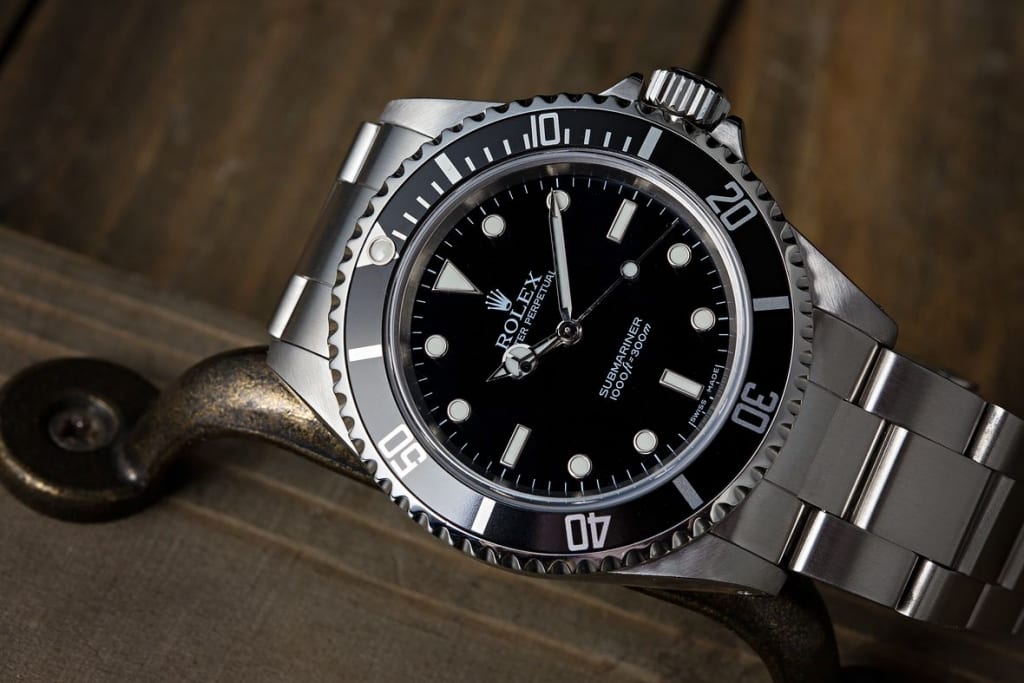
The modern era of Rolex has seen further subtle changes to the coronet’s original design and a complete standardization of its appearance, all with an increased focus on making it a clear and recognizable symbol of the brand’s heritage and prestige. Advancements in laser etching technology during the 2000s allowed for the coronet to be applied with even greater precision, most notably into the clear sapphire crystal of the watch, where a tiny coronet is laser-etched at the 6 o’clock position – a near-invisible detail that is now considered a hallmark of genuine Rolex watches.
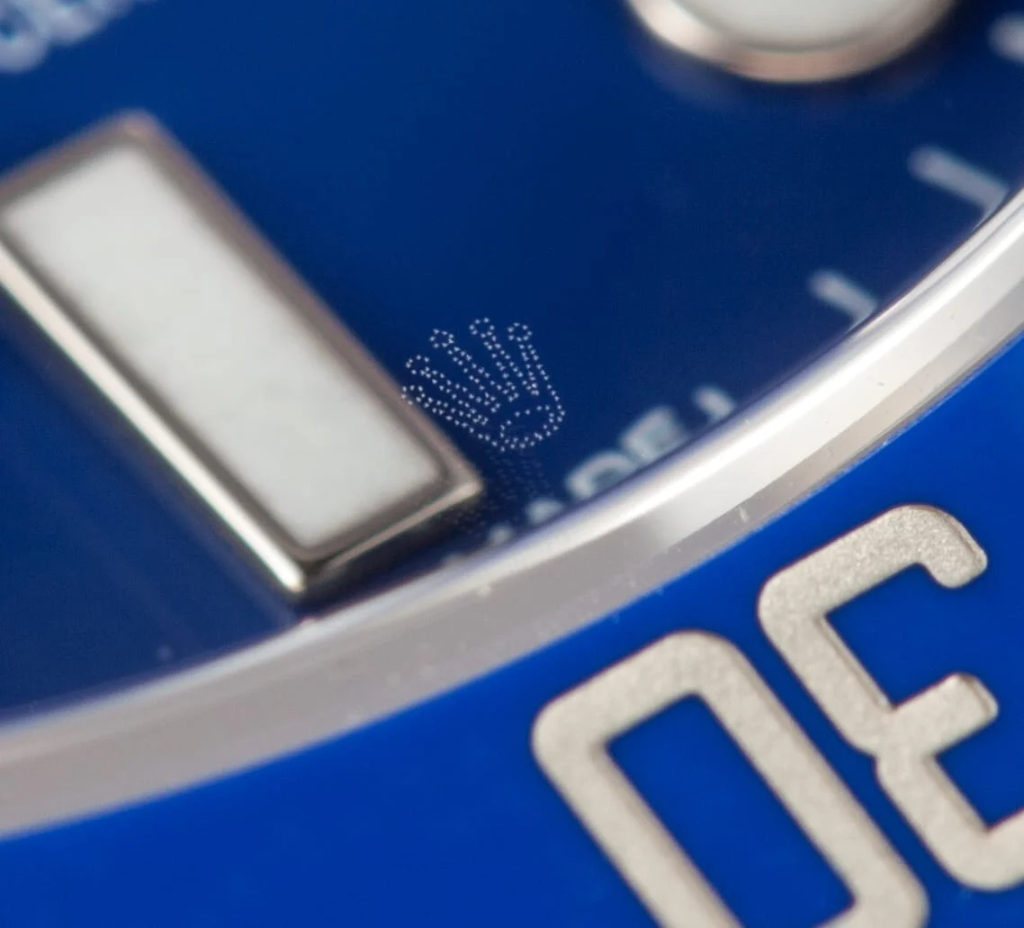
In recent years, Rolex has also introduced micro-printed coronets within the “Swiss Made” text at the bottom of the dial on many of its latest models. This addition serves as both an anti-counterfeit measure and as a testament to impeccable Swiss watchmaking standards.
Collectors’ Delight: Notable Variations
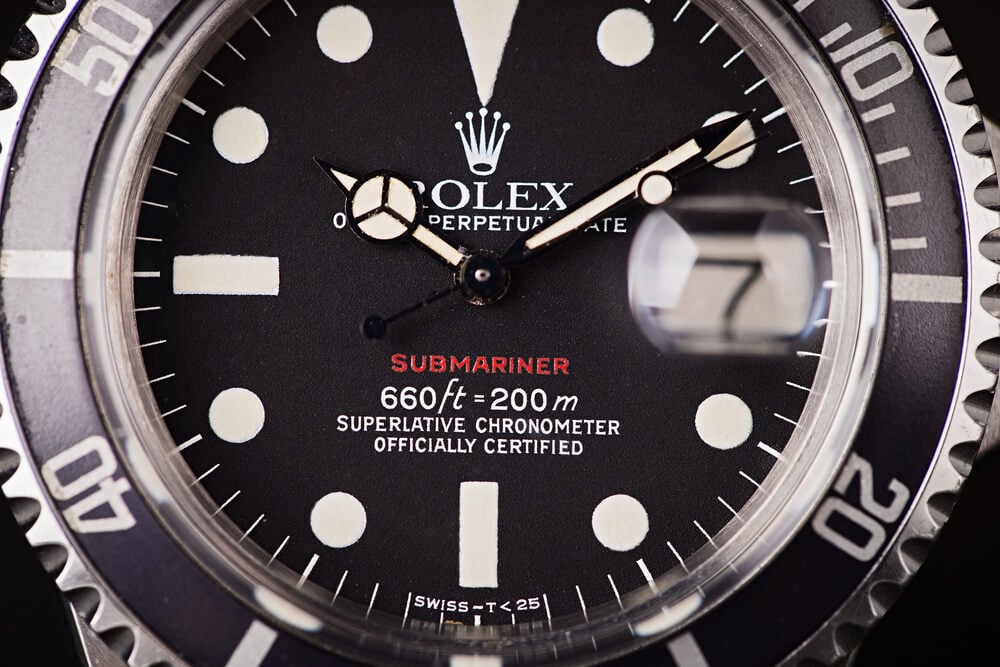
For collectors, the variations in the coronet are a source of fascination and a key consideration in the authentication and valuation of vintage Rolex watches. For instance, the stainless steel “Red Submariner,” produced in the late 1960s and early 1970s, features a printed coronet, which is remarkably different from the applied coronets found on the gold Submariner Date models from the same period. Even among similar styles of cornets, there can be slight differences in their appearances, such as the thickness of the coronet’s bands or the sharpness of its points, and these subtle variations can often be significant in the world of vintage Rolex collecting.
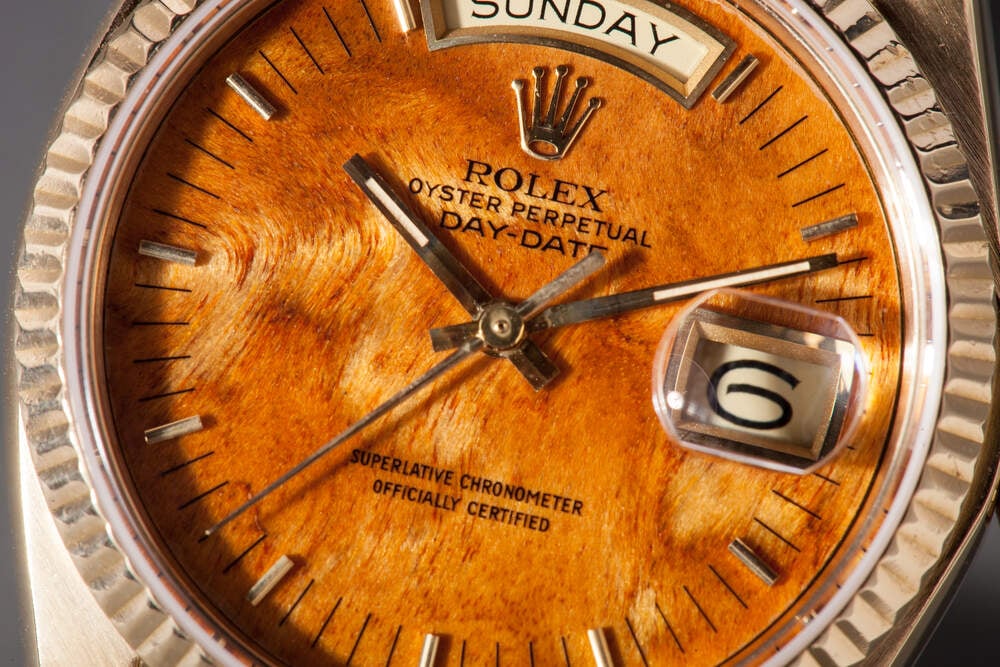
Rolex Day-Date models from the 1980s are characterized by applied gold coronets that are larger and slightly more refined in their shape compared to the coronets found on the dials of their gold Submariner counterparts. This larger style is considered by many to be more visually appealing and indicative of that era’s style preferences. Similarly, the “Bart Simpson” vintage Submariner watches from the 1960s feature gilt dials, which have coronets with flat and stubby points that somewhat resemble the famous cartoon character’s head, and this rather rare and unusual variation of the coronet can often be worth more to collectors.
Conclusion
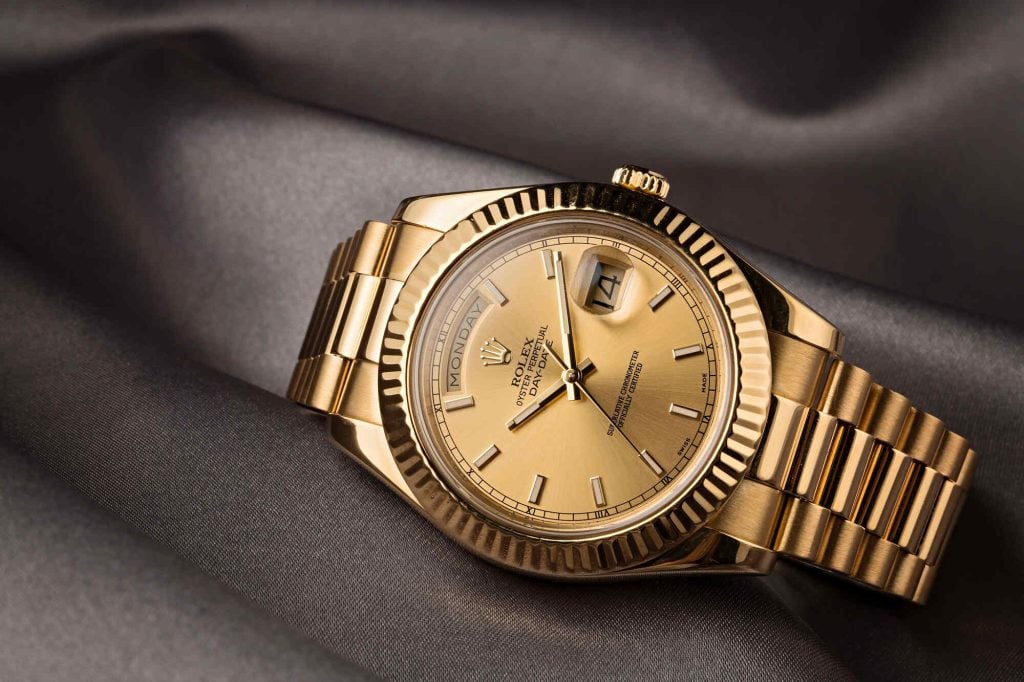
The Rolex coronet is not only a logo, but it is a representation of how the brand has remained dedicated to superb craftsmanship and luxury from its founding. Over the years, its evolution has mirrored the technological advancements and aesthetic shifts within both Rolex and the greater watchmaking industry. For enthusiasts and collectors, understanding these subtle changes can enhance the appreciation of each piece and provide deeper insight into the history of Rolex watches. As the brand continues to innovate and lead in luxury watchmaking, the coronet remains a steadfast symbol of the highest quality and prestige that is revered around the world.









